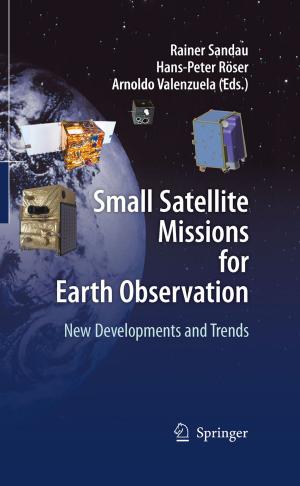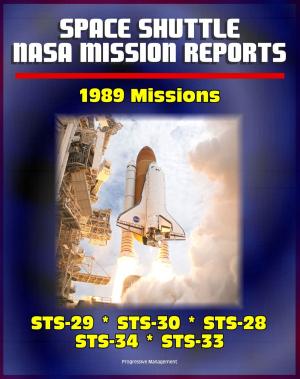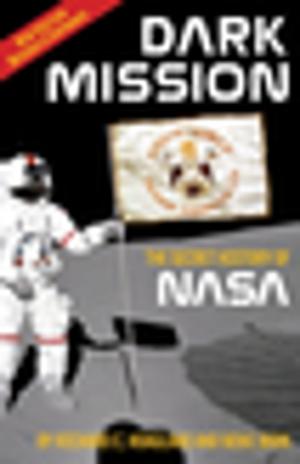We Can Go There: How Did We Miss This?
Nonfiction, Science & Nature, Science, Physics, Astrophysics & Space Science| Author: | Matthew H Burch | ISBN: | 9781310314230 |
| Publisher: | Matthew H Burch | Publication: | May 27, 2014 |
| Imprint: | Smashwords Edition | Language: | English |
| Author: | Matthew H Burch |
| ISBN: | 9781310314230 |
| Publisher: | Matthew H Burch |
| Publication: | May 27, 2014 |
| Imprint: | Smashwords Edition |
| Language: | English |
Have you ever wondered why NASA and other space agencies have been telling us that moving payloads outside Earth orbit is so hard? The short answer is the rocket equation. The long answer is that space propulsion was focused on two major methods, carrying the fuel with the payload, or collecting propulsive energy from a remote source. Every serious space project since we've gone to space has done one or the other, either carrying all the required fuel away from Earth orbit in one mass, or receiving power to accelerate from a remote source (solar sails, for example.) Carrying the fuel with us is terribly fuel inefficient. Remote power provides anemic acceleration. There is a way to combine fuel-carrying with remote power that is efficient and effective, but we aren't using it.
We can use various existing technologies to combine the basics of the two methods described above. It is explained in simple English, with no math at all, in the first chapter. The potential is demonstrated mathematically in the second chapter, and in the third chapter, there is a more detailed model including fuel and energy requirements for a mission with sufficient payload mass and Delta-V to take humans to Mars and back, easily and quickly. The fourth chapter explores some challenges, and further demonstrates how we can use our existing technology and dramatically improve the efficiency of how we move around in space after leaving orbit.
We can combine the two existing methodologies for moving payloads around in space to create a new method, which is more efficient than carrying all the fuel with us, fuel wise, and simultaneously capable of supplying more acceleration than remote power. This book describes a new way to provide remote fuel with yesterday's technology.
Have you ever wondered why NASA and other space agencies have been telling us that moving payloads outside Earth orbit is so hard? The short answer is the rocket equation. The long answer is that space propulsion was focused on two major methods, carrying the fuel with the payload, or collecting propulsive energy from a remote source. Every serious space project since we've gone to space has done one or the other, either carrying all the required fuel away from Earth orbit in one mass, or receiving power to accelerate from a remote source (solar sails, for example.) Carrying the fuel with us is terribly fuel inefficient. Remote power provides anemic acceleration. There is a way to combine fuel-carrying with remote power that is efficient and effective, but we aren't using it.
We can use various existing technologies to combine the basics of the two methods described above. It is explained in simple English, with no math at all, in the first chapter. The potential is demonstrated mathematically in the second chapter, and in the third chapter, there is a more detailed model including fuel and energy requirements for a mission with sufficient payload mass and Delta-V to take humans to Mars and back, easily and quickly. The fourth chapter explores some challenges, and further demonstrates how we can use our existing technology and dramatically improve the efficiency of how we move around in space after leaving orbit.
We can combine the two existing methodologies for moving payloads around in space to create a new method, which is more efficient than carrying all the fuel with us, fuel wise, and simultaneously capable of supplying more acceleration than remote power. This book describes a new way to provide remote fuel with yesterday's technology.















